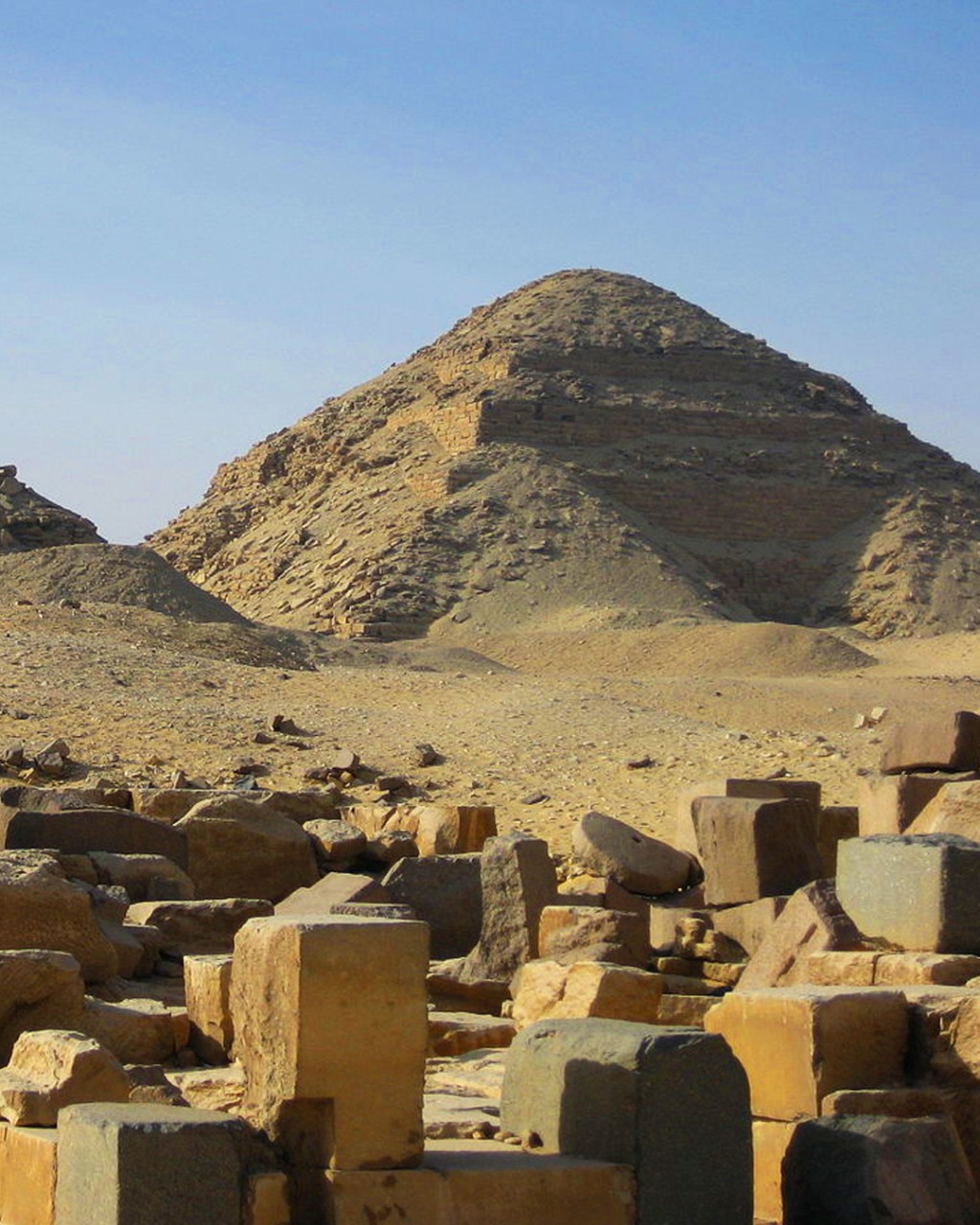The Pyramid of Neferirkare is a significant historical monument located in Egypt. Built during the 5th Dynasty of the Old Kingdom, it is the second-largest pyramid in the ancient site of Abusir, south of Cairo. The pyramid was initially designed as a step pyramid, which was then converted into a true pyramid. Its original height was around 72 meters. It was constructed for Pharaoh Neferirkare Kakai, the third king of the 5th Dynasty. The pyramid complex included a mortuary temple, a causeway, a valley temple, and multiple mastabas for the royal family and nobles.
Get your dose of History via Email
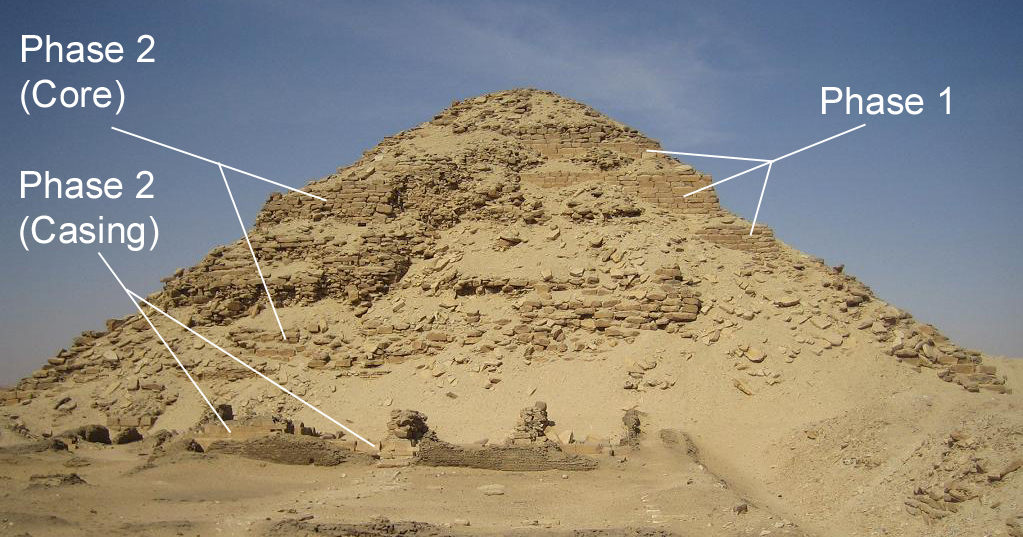
What is the historical significance of the Pyramid of Neferirkare and what does it tell us about the reign of Pharaoh Neferirkare?
The Pyramid of Neferirkare holds a unique place in Egyptian history as it signifies the transition from step pyramids to true pyramids. This transition indicates the evolution of architectural techniques and design principles during the reign of Pharaoh Neferirkare. His reign, believed to have lasted about 20 years, was a period of religious and cultural development, as evidenced by the elaborate construction of his pyramid complex. The pyramid’s size and complexity suggest that Neferirkare’s reign was prosperous, allowing for large-scale construction projects. Furthermore, the pyramid tells us about the Pharaoh’s religious beliefs. The presence of a mortuary temple, causeway, and valley temple indicate a strong belief in the afterlife and the need for elaborate rituals to ensure the Pharaoh’s successful journey to the afterlife.
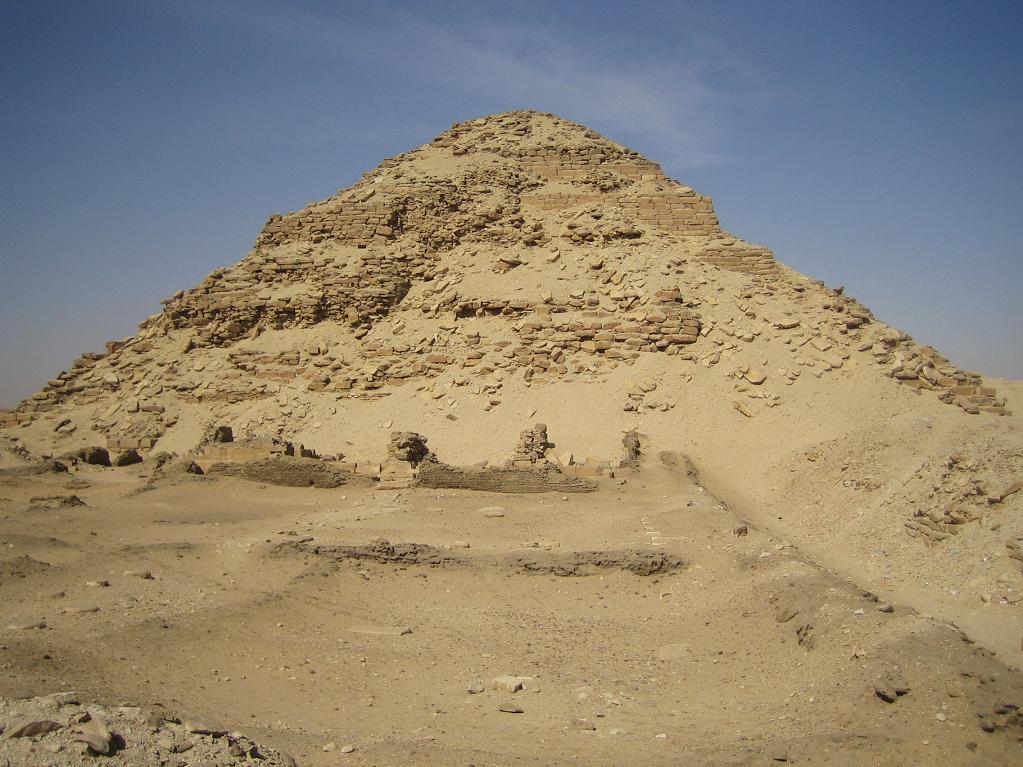
What are some of the key architectural features and discoveries made at the Pyramid of Neferirkare?
The Pyramid of Neferirkare is renowned for its architectural complexity. It was initially designed as a six-step pyramid, later converted into a true pyramid by filling in the steps with loose masonry and encasing the structure in fine white limestone. The pyramid’s interior features a burial chamber with a gabled roof, an antechamber, and a storage room. One of the key discoveries at the pyramid is the Abusir Papyri, found in the mortuary temple. These papyri provide valuable insights into the daily life, religious rituals, and administrative procedures of the Old Kingdom. Other significant discoveries include stone vessels and pottery, statues, and inscriptions that provide information about the reign of Neferirkare and his family.
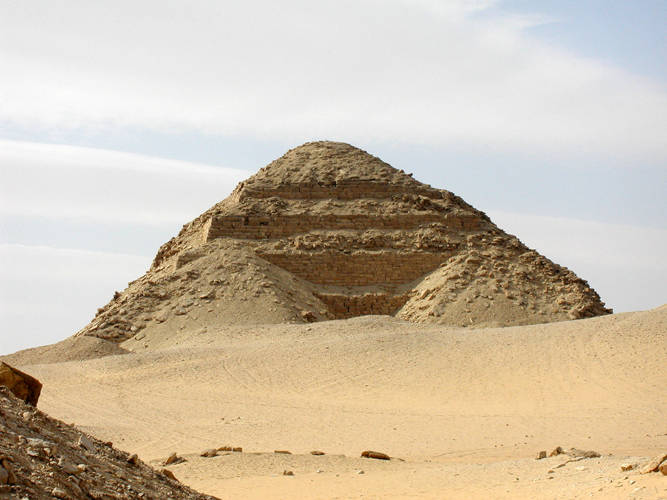
What is the historical significance of the Pyramid of Neferirkare and what does it tell us about the reign of Pharaoh Neferirkare?
The Pyramid of Neferirkare, as one of the earliest true pyramids, provides insights into the political and cultural climate of the Old Kingdom. The pyramid’s grandeur and complexity suggest a period of stability and prosperity during Neferirkare’s reign. The pyramid complex, with its mortuary temple, causeway, and valley temple, indicates the importance of religious rituals and the afterlife in the cultural ethos of the time. The discovery of the Abusir Papyri in the mortuary temple provides valuable information about the administrative procedures, religious rituals, and daily life during Neferirkare’s reign.
What is known about the construction techniques and materials used in the building of the Pyramid of Neferirkare?
The Pyramid of Neferirkare was constructed using a core of roughly hewn limestone blocks, encased in fine white limestone. The initial step pyramid design was filled in with loose masonry to create a true pyramid. The interior chambers were carved out of the core masonry and roofed with gabled blocks of stone. The mortuary temple, causeway, and valley temple were also constructed of limestone. The construction techniques demonstrate a high level of architectural knowledge and skill, as well as the ability to mobilize and manage large workforces.
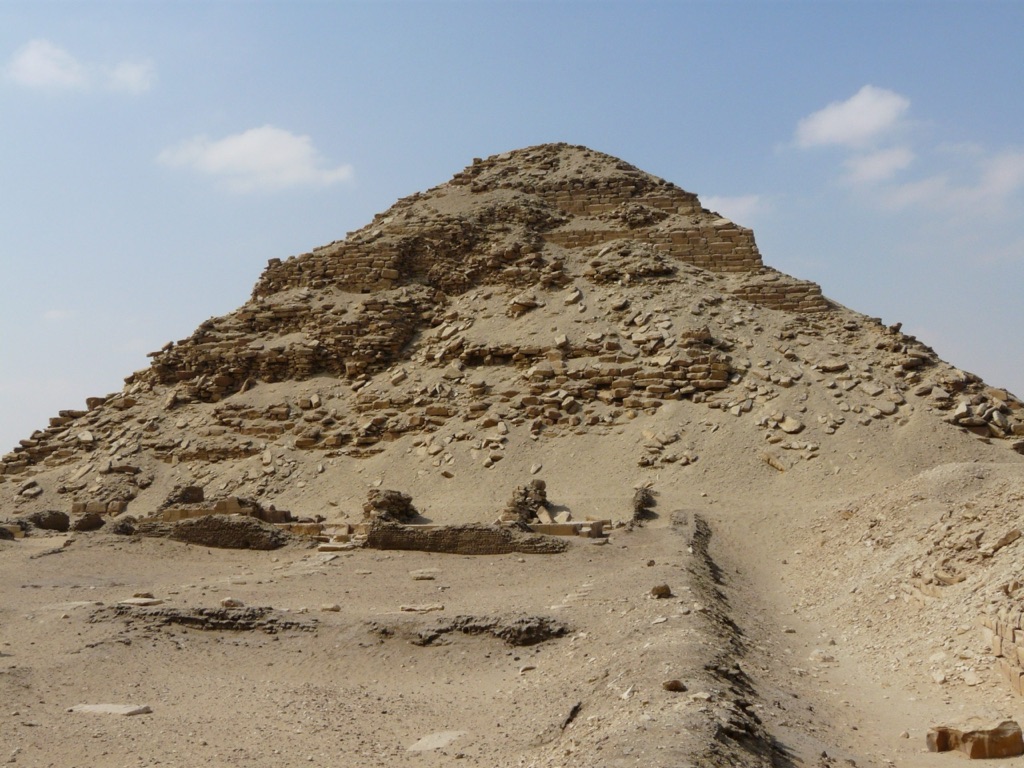
Conclusion and Sources
In conclusion, the Pyramid of Neferirkare is a significant monument that provides valuable insights into the reign of Pharaoh Neferirkare, the cultural and religious beliefs of the time, and the architectural techniques of the Old Kingdom. The pyramid’s grandeur and complexity, as well as the discoveries made within the pyramid complex, testify to a prosperous and stable period in Egyptian history.
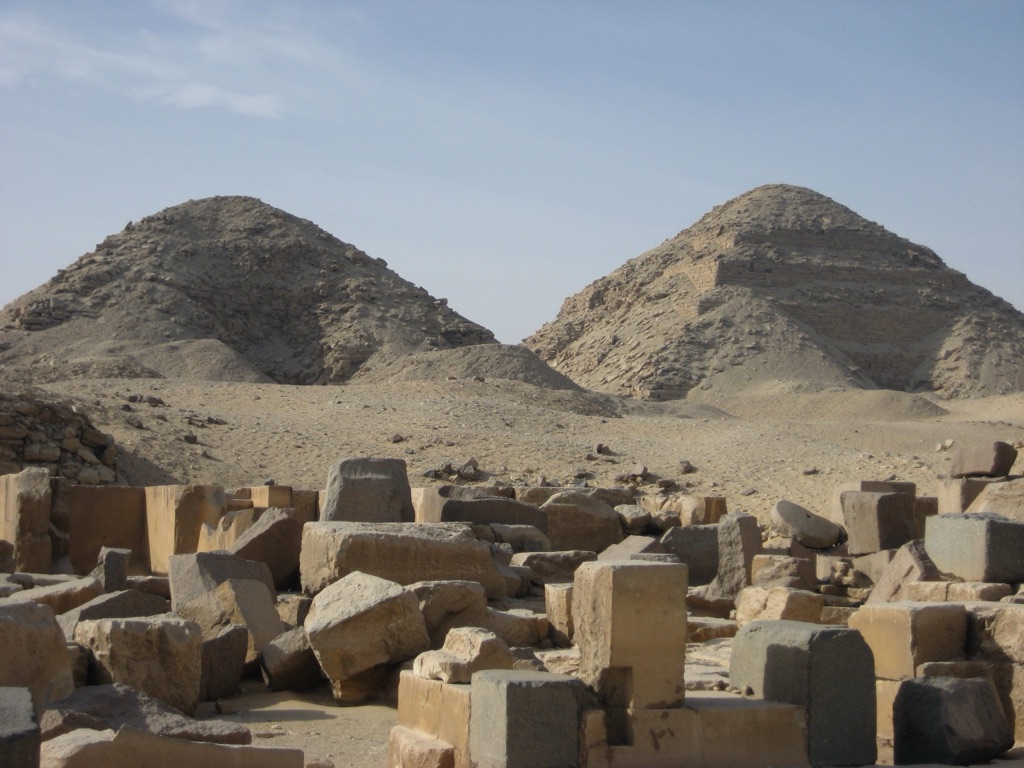
For further reading and to verify the information provided, the following sources are recommended:

